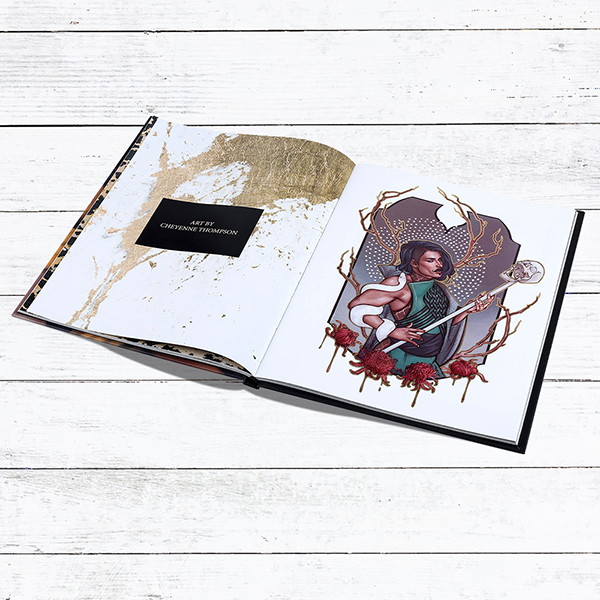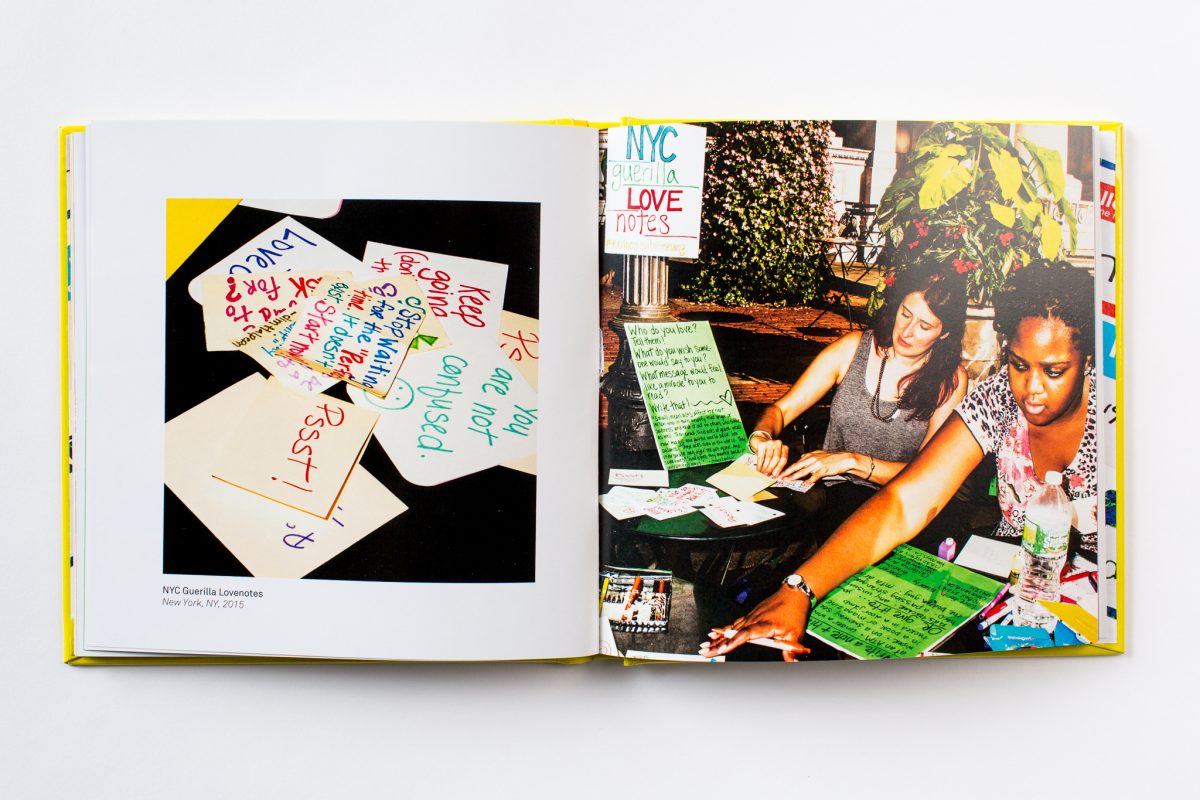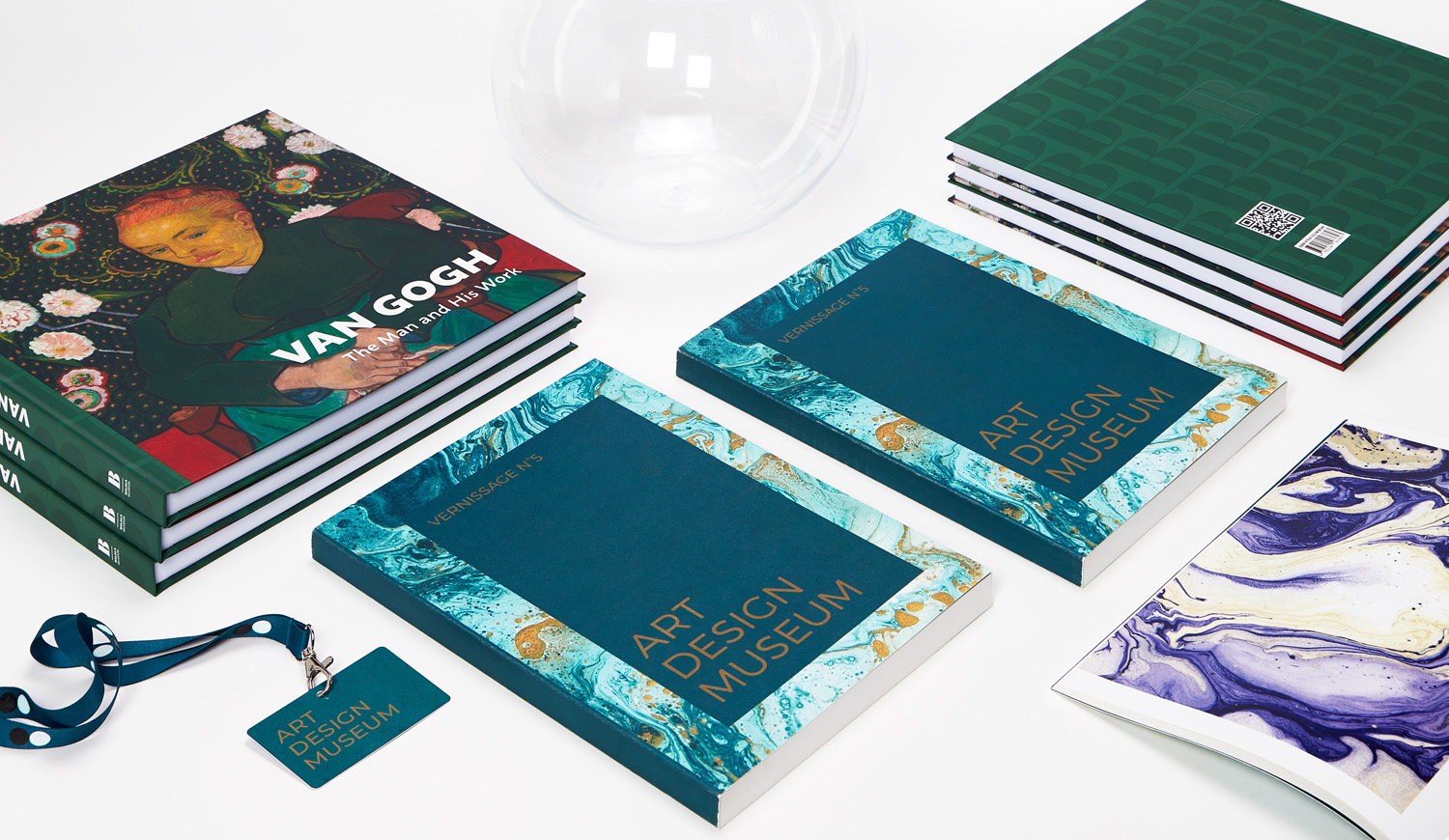Insider Techniques to Improve Your art book Print Quality
Insider Techniques to Improve Your art book Print Quality
Blog Article
Understanding the Refine Behind Top Quality Art Book Printing for Art Fanatics
When it involves premium art book printing, understanding the complexities of the procedure can boost your recognition for the end product. You may not realize how necessary paper choice and ink options are to the vibrancy of artwork. Each aspect plays a considerable role in attaining the preferred result. As you explore the numerous elements of art book printing, you'll discover insights that might transform your point of view on art conservation and presentation.
The Importance of Paper Choice in Art Book Printing
When it involves art book printing, the selection of paper can make or damage the final product. You want your art work to radiate, and the best paper boosts shade vibrancy and information. Take into consideration variables like weight, texture, and coating; these aspects considerably influence just how visitors regard your job.
For circumstances, a larger supply shares top quality and longevity, while a distinctive finish can add deepness to pictures. Smooth paper is exceptional for comprehensive recreations, permitting fine lines and refined shades to show up crisp.
Don't forget the paper's brightness; a brighter sheet can help shades pop, making your art much more eye-catching. You'll also desire to think concerning just how the paper communicates with inks and whether it can take care of the printing process without warping or bleed-through. Inevitably, choosing the best paper sets the stage for your art, ensuring it catches the target market's attention equally as you visualized.
Choosing the Right Inks for Dynamic Recreations
Selecting the best inks is simply as important as selecting high quality paper to attain vibrant recreations in your art book. When you're publishing artwork, you desire shades that pop and precisely represent the initial item. Go with inks with a high pigment concentration; these often tend to create richer and a lot more saturated colors.
You may take into consideration utilizing archival inks, which withstand fading with time, guaranteeing your art book stays as striking as the day it was published. If you're collaborating with photos or digitally developed art, pigment-based inks can provide a wider color range, improving information and depth.
Don't neglect regarding the coating! Matte and glossy inks can significantly alter the appearance of your art work, so think of the appearance you're aiming to achieve - art book. Eventually, the best ink choice matches your paper choice, producing a spectacular aesthetic experience for your viewers
The Duty of Shade Administration in Print Quality
Shade administration plays an important duty in attaining high print top quality for your art book. It ensures that the colors you see on your display equate precisely to the printed web page. Without reliable color administration, your vivid artworks might appear dull or distorted, undermining your imaginative vision.
To begin, adjust your screen routinely. This action aids keep regular shade depiction. Next, utilize color profiles customized for your printer and paper type. These profiles lead the printer in reproducing shades properly, decreasing disparities between digital and printed versions.
When you prepare your data, think about making use of a color area like Adobe RGB or CMYK, depending on your printer's requirements. Constantly evidence your work, too; an examination print can disclose any prospective color concerns prior to the final run. By prioritizing shade management, you protect the integrity of your art, ensuring your target market experiences it as you intended.

Comprehending Various Binding Techniques
Achieving the ideal appearance for your art book goes beyond shade administration; binding strategies also play a substantial function in its overall discussion and sturdiness. You have numerous options to examine, each with its own special qualities.
If you're going for a specialist feeling, instance binding offers a durable choice with a tough cover, best for showcasing your artwork. On the other hand, best binding gives a versatile spinal column while maintaining prices down, making it a popular choice for softcover publications.
Spiral binding allows your art book to lay flat, which is fantastic for showing photos without blockage. Saddle stitching is perfect for smaller sized brochures, offering a clean coating without the bulk.
Eventually, the binding method you pick must mirror your imaginative vision and just how you want visitors to involve with your job. Make sure to weigh these alternatives carefully to attain the very best outcome for your project.
The Influence of Publish Size and Format on Discussion
While the option of print size and format might seem secondary to material, they considerably influence just how your art work is viewed. The measurements of your prints can either boost or decrease the impact of your items. Bigger prints can draw audiences in, enabling them to value elaborate information, while smaller sized formats could need more intimate interaction.

Preservation Methods for Long-lasting Art Books
To assure your art books stand the test of time, it's vital to carry out reliable conservation methods. Beginning by storing them in an amazing, dry environment, far from straight sunlight and humidity. This prevents fading and bending, keeping your pages intact. Use acid-free storage space boxes or protective sleeves to secure them from dirt and physical damage.
When handling your books, always wash your hands or use cotton handwear covers to avoid oils and dirt moving onto the pages. Avoid flexing or creasing the spines; instead, utilize book sustains when presenting them.
For included defense, consider investing in archival-quality products for any type of repairs or enhancements. On a regular basis check your collection for indications of wear or damages, addressing issues immediately. By following these simple methods, you can guarantee your art publications remain vibrant and available for many years to come, maintaining their elegance and value for future generations.
Collaborating With Printers for Optimal Outcomes
When you're ready to publish your art book, choosing the ideal printer is necessary to achieving your vision. Clear interaction regarding your expectations and needs will help ensure that both you and the printer get on the same page. Allow's explore just how to make this partnership as smooth and efficient as possible.
Selecting the Right Printer

Efficient Interaction Strategies
Effective interaction is crucial for turning your art book vision right into fact, particularly when working together with printers. art book. Start by plainly outlining your project's objectives, consisting of style recommended you read elements, recommended materials, and any particular printing methods. Don't wait to share your inspirations and references; this aids the printer comprehend your aesthetic
Be open to responses, as printers commonly have useful insights that can enhance your task. This partnership will certainly guarantee that your art book satisfies your assumptions and radiates in its last form.
Regularly Asked Inquiries
What Are Common Blunders to Stay Clear Of in Art Book Printing?
When printing your art book, prevent usual errors like poor resolution photos, wrong color accounts, and overlooking page design. Don't fail to remember to proofread and confirm information to verify your final item meets your assumptions.
Exactly How Does Digital Printing Differ From Traditional Printing Techniques?
Digital printing uses electronic files to develop prints directly, permitting quicker turnaround and customization. On the other hand, conventional approaches involve physical plates, which can be taxing and less adaptable for small runs or one-of-a-kind designs.
What Is the Regular Turnaround Time for Art Book Printing?
The normal turnaround time for art book printing differs, but you can expect it to take anywhere from a couple of weeks to several months. Variables like complexity, quantity, and printing approach all influence this timeline.
Can I Publish a Limited Edition Art Book Financially?
You can publish a restricted version art book financially by selecting cost-efficient useful site materials, enhancing print runs, and making use of digital printing choices. Mindful preparation and budgeting will assist you attain quality without spending too much.
What Are the Ecological Factors To Consider in Art Book Printing?
When considering art book printing, you must consider environment-friendly products, lasting inks, and energy-efficient processes (art book). Choosing regional printers can additionally reduce your carbon footprint, making your job both attractive and environmentally responsible
Report this page